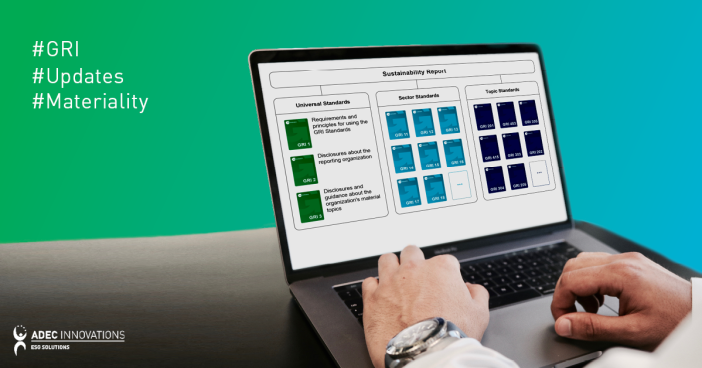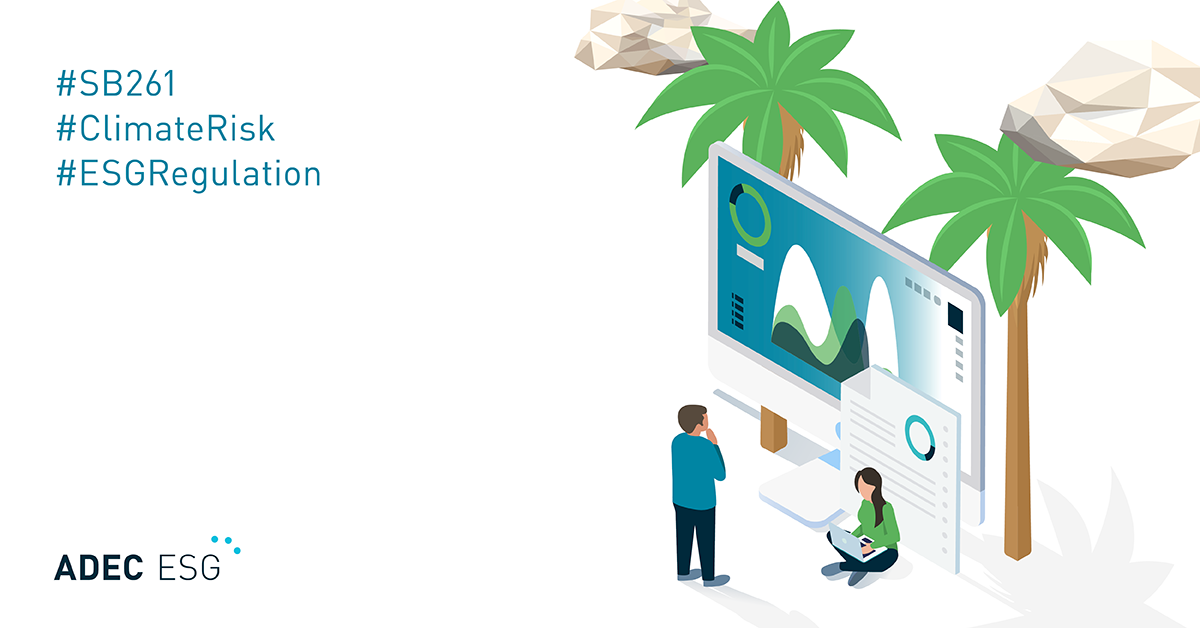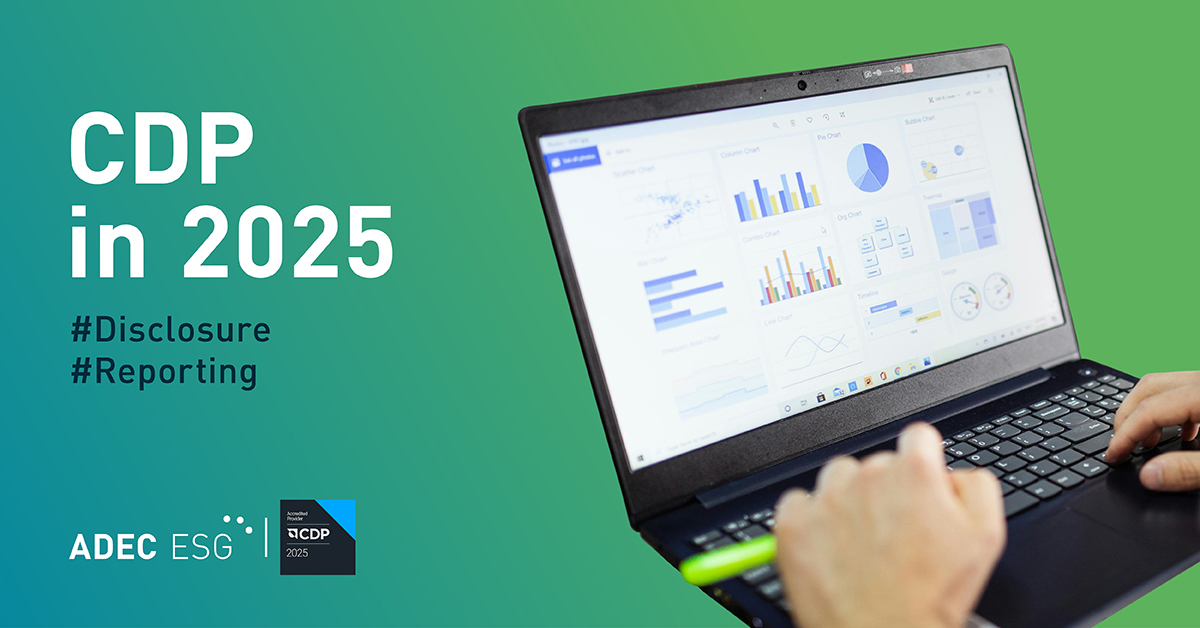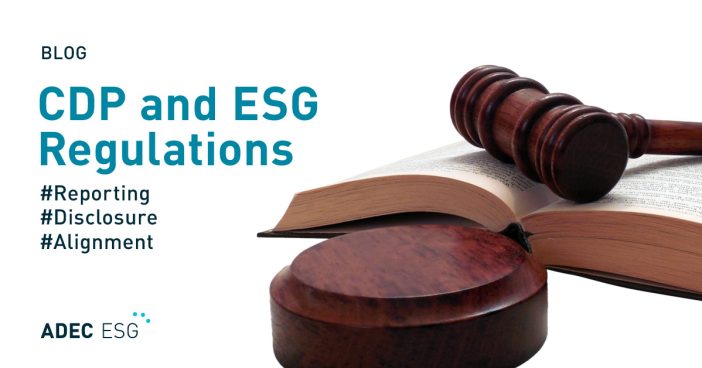Thinking of publishing a sustainability report this year? To communicate clearly with internal and external stakeholders, a meaningful report should align with industry standards—such as those of the GRI, SASB, the UN SDGs, and/or TCFD recommendations. In fact, according to reports from KPMG and the Government and Accountability Institute, 73% of the G250 (the world’s largest 250 companies) and 52% of the Russell 1000 report in conformance with the GRI Standards—and this number continues to grow.
In October 2021, the Global Reporting Initiative (GRI) unveiled a major update to its disclosure standards. The updated system of GRI Standards now consists of three series of Standards: Universal Standards, Sector Standards, and Topic Standards. The revised standards will become effective January 1, 2023, meaning that any company publishing a sustainability report after this date using GRI as a framework should utilize the updated system of standards.
As the most significant update since 2016, the revised standards include clarified guidance on disclosure of material topics, consolidation and streamlining of certain disclosure topics, as well as revised approaches to reporting. Though GRI has announced a handful of significant changes, our three-part series will focus on three key changes that are expected to shift the foundation of your reporting approach.
Check out parts one and two to get caught up.
The change: Revision of materiality
As part of the new 2021 in accordance requirements, companies are required to determine and report on their material topics. This does not come as a huge surprise since, similarly, the 2016 Foundation Disclosure (101 series) also required companies to report on material topics as part of its reporting principles. The difference between these two versions is embedded in the philosophy and approach to the concept of “material.”
Both 2016 and 2020 GRI definitions of materiality factored in a company’s environmental, economic, and social impacts as well as impact on stakeholder assessments and decision-making. In 2021, the GRI Glossary shifted the focus of the definition of materiality. Now, material topics are those that “represent the organization’s most significant impacts on the economy, environment, and people, including impacts on their human rights”—largely removing the stakeholder from the equation.
In contrast, the definition of “material topics” given by the 2021 GRI Glossary is straightforward and removes the two-dimensionality that was present in the previous definition.
In a sense, the revised definition is simpler, but companies should keep in mind that having a list of topics determined to be material is not what brings the full value to reporting. The actual value comes in the form of explaining the process that was used to determine these topics.

In addition, a company planning to report in accordance with the 2021 GRI Universal Standards must also describe the process by which it has determined material impacts, including how it identified its impacts and how it prioritized them for reporting based on significance. The renewed Universal Standards clearly call this out as a reporting requirement and give more guidance behind this since, in practice, disclosures on material topics through a two-dimensional matrix often lacked clarity behind the methodology used to create the matrix. In the past, many companies used dots to represent material topics within their matrix. Without an explanation of how the dots were placed or whether there is a relative significance between each dot, though, it was challenging to decipher the significance of topics.
This ambiguity led to a mismatch between the matrix and the report contents in the past. For example, while the matrix contained thirty “material” topics, the report would only address ten of them. Although there may have been a separate rationale for prioritizing the reporting on these ten topics, a reader would never be able to clearly tell unless an explicit explanation was given.
What this means for reporting companies
The revised guidance and definition around the concept of “material” should serve as a moment for companies to pause and reevaluate how they have been determining and reporting material topics. Although GRI is not a framework that serves to assess materiality, many companies have taken different interpretations of the word “material,” and, as such, the resulting topics and report contents may be misaligned with the GRI’s intended definition of “material.” As a reminder, a report claiming to be in accordance with GRI Standards should cover “material” topics as defined by GRI to truly meet GRI guidance.
As referenced above, it has been a very common approach for companies to report their material topics in a matrix format with the horizontal axis signifying impacts on the organization’s success and the vertical axis signifying importance to stakeholders. However, this practice doesn’t capture the true intentions of GRI. Although companies may use a matrix to identify the most material topics, a topic is most material if it scores high on either the vertical or horizontal axis (as opposed to both axes, which is the methodology many companies still use). Many companies have also interpreted the x-axis to mean “significance on the organization,” but as mentioned above, this axis should represent “significance of the organization on economic, social, and environmental impacts.”
To put this into context, let’s take the topic of water as an example. The x-axis will indicate the significance of the organization’s impacts on water through its use and management, not on projected impacts of water-related trends and regulations upon the organization. If the organization assesses that its operations have high water impacts on the local community and relevant watershed, then the topic of water may be considered as “material.”
In short, don’t work for GRI 3—let it work for you.
Over the years, the GRI Standards have been rewritten and revised—to give companies the guidance they need to develop their sustainability strategies and make well-informed decisions along their Sustainability Journey. The Standards will continue to see growth and change in the future—such as a shift towards sector-specific disclosures, starting with Oil & Gas—and organizations should be ready to adapt as these changes are put in place.
To make the most use out of a materiality exercise, companies should pay attention to how they are conducting the entire process. Ask yourself:
- Who are the included stakeholders?
- How has information been gathered from these groups?
- How was the weighting determined relative to each stakeholder group?
- And most importantly, out of all the identified material topics, which ones were prioritized for reporting and how?
Although a materiality assessment should not be performed just for the sake of reporting on its completion, reevaluating the way that your company is approaching materiality will be a vital step in ensuring the actions you are taking are properly aligned with your strategy, regardless of whether you plan to report through the “with reference” or “in accordance” route. When done correctly, this process will be a powerful tool in understanding where the impacts are, how stakeholders relate to these impacts, and how a strategy can be formulated to deliver long-term value to these stakeholders.
Want to learn more about how ADEC ESG can help your company take its reporting programs and strategy to the next level? Click here to meet our Disclosure and Reporting team and reach out for more info on our tailored solutions.




